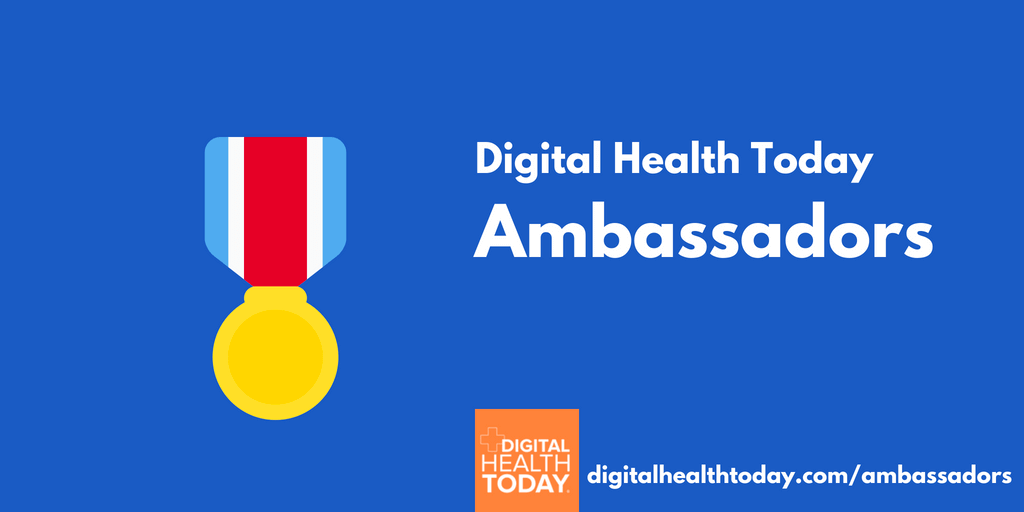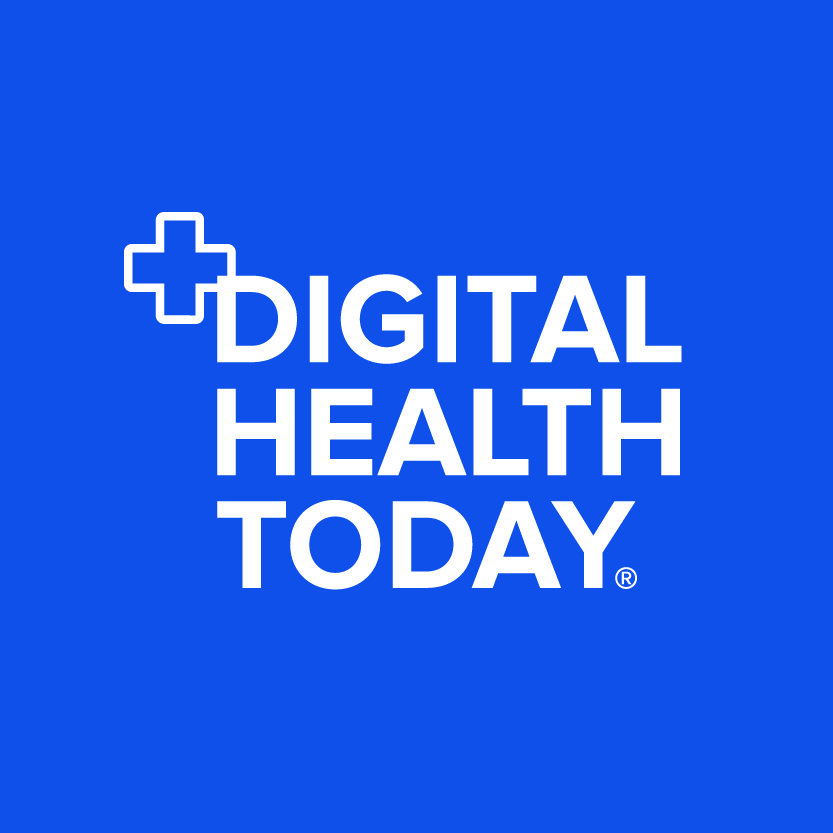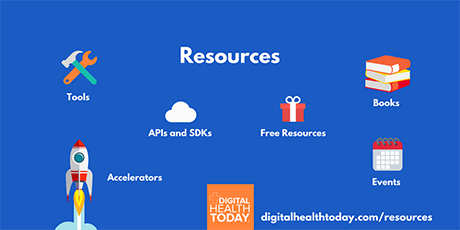A Sponsored Post by Azalea Health
Since the Health Information Technology for Economic and Clinical Health (HITECH) Act was passed in 2009, healthcare has digitized rapidly, with electronic health records (EHRs) now ubiquitous across medical practices – except for within behavioral health. The movement to adopt EHRs has largely side-stepped this service line, where it’s entirely common for patient records still to exist on paper.
The absence of electronic records in behavioral health is detrimental to patient care in numerous ways. It can leave gaps in patients’ medical history when they transfer between different providers. It can prevent clinicians in other fields from accounting for behavioral health diagnoses in a patient’s treatment plan. It can prohibit research into behavioral health disparities among different populations, which can impede the appropriation of behavioral health funding. And the list goes on.
Gaps in behavioral health care — demand outstripping supply — have existed perennially. But with the sudden and persistent changes brought about by COVID-19, rates of depression, anxiety, substance abuse, and suicide are soaring. Digitizing behavioral health will not, alone, resolve the crisis, but unlocking the electronic flow of data to include behavioral health is a sure step toward reducing its severity and improving care for behavioral health patients.
The question is, can today’s EHR technology fully address the unique profile of needs that encompasses the behavioral health workflow? Having spent over a decade reinventing the EHR to meet the needs of underserved healthcare providers at my company Azalea Health, I believe the answer is yes.
Why EHRs Haven’t Caught On in Behavioral Health
Traditional EHRs were designed to address the needs of practitioners treating patients in service lines other than behavioral health. As such, these legacy EHRs were designed with very different workflows in mind. Behavioral health workflows, on the other hand, require documentation capabilities that traditional EHRs simply can’t support:
- The data fields programmed into traditional EHRs are frequently a poor match for the types of data behavioral health providers need to collect:
- Traditional EHRs were designed to capture data related to the patient’s physical condition at the time of admission or evaluation. EHR templates and forms are designed to prioritize vital signs and physical complaints in order to give clinical teams the most informed overview of the patient’s current condition to facilitate diagnosis and a treatment plan.
- On the behavioral side, some of the most critical information teams need to evaluate a patient includes the patient’s state prior to admission or evaluation. While vital signs and physical complaints are important, they often are not the primary drivers for helping accurately assess a patient’s current condition. The protocols for documentation are vastly different for a behavioral health patient, and so traditional EHRs typically don’t include the forms and templates that team members need to help behavioral health teams evaluate the patient.
- Behavioral health care often requires a highly collaborative, team approach to treating the patient. Psychiatrists, psychologists, social workers, psychiatric nurses, pharmacists and others are often contributing concurrently to manage a single patient’s care. Each team member needs a specific set of forms to record and contribute the data essential to assembling a complete picture of the patient’s condition. Traditional EHRs, typically designed without such a collaborative workflow in mind, do not have the flexibility to accommodate the broad range of forms and templates required by behavioral health teams, so these EHRs end up being a hindrance to the collaborative care teams provide rather than being a strategic asset.
- Behavioral health care is often delivered, and therefore billed, according to discrete units of time. Legacy EHRs typically do not have the capability to timestamp behavioral health treatment, making traditional EHRs unable to fully support behavioral health billing.
The bottom line: Traditional EHRs lack the engineered capability to adjust to the specific needs of the behavioral health workflow. This is a major hurdle to EHR adoption in behavioral health, given that ill-suited EHRs are known to be a significant source of clinician dissatisfaction with the profession and are considered significant contributors to clinician burnout. In many cases, executive leadership recognizes the risk of foisting unhelpful systems on clinicians that are already overburdened. So, rather than trying to manage the frustrations of force-fitting a legacy EHR to a fundamentally different workflow, providers tend to avoid utilizing traditional EHRs to manage behavioral health patient care.
The Evolution of EHR Technology
Readers have no doubt taken notice of the terms “traditional EHR” and “legacy EHR” employed in this article so far. That’s because EHR technology, like all technologies, has improved drastically over time, and there’s a fundamental difference between the legacy EHR solutions that have been on the market for multiple decades and the new generation of cloud-native platform EHRs that are swiftly eroding market share of their older cousins.
Some of today’s biggest EHR vendors feature legacy solutions that have descended from the earliest EHRs dating all the way back to the 1960s and ‘70s. One might think that with all that historical knowledge and commercial success, the big-box EHR vendors would be investing smartly to keep their market-leading solutions on the cutting edge of technological innovation. In truth, however, market success can breed complacency, and for some of the largest vendors of traditional EHRs, the strategy focuses less on product innovation and more on vendor lock-in.
For tech companies that were born in the cloud era in any industry, creating or joining a robust ecosystem of suppliers offering complementary, integrated products and services through open APIs is usually one of today’s strongest guiding business principles. That approach holds true in the med tech world of EHRs. Today’s cloud-based platform EHRs create clinical intelligence systems based on open APIs and highly customizable core EHR functionality. In short, they reject vendor lock-in by making their technology accessible to other companies taking a similar approach. This leaves EHR customers — hospitals, clinics and other healthcare facilities — who choose to partner with cloud-based platform EHR vendors, with the greatest flexibility to deploy an EHR solution that flexibly accommodates the specific needs of clinicians in all service lines.
A Better Approach to Digitizing Behavioral Health in Acute Care and Psychiatric Settings
So what does this mean for providers of behavioral health care?
In acute care settings, there’s increasing demand for behavioral health beds. It has become a clear revenue imperative for acute care facilities to have a behavioral health unit that can accommodate this growing patient population. Because traditional EHRs cater to a hospital’s non-behavioral service lines, chances are good that the typical acute care facility is already using some type of EHR. However, when that legacy EHR that can’t accommodate the team approach that is characteristic of behavioral health and collect the right patient data using the behavioral health lexicon, the provider is putting the EHR customer in an untenable situation. The acute care facility needs to partner with a modern, cloud-based platform EHR vendor to address that growing need.
In the psychiatric hospital setting, there is no regulatory requirement currently around meaningful use that is driving technology adoption. That said, there’s a strong business case to digitize; when all billing and reporting are done on paper and spreadsheets, standard operating procedures become a business inhibitor. As demand increases and as services diversify, managing that expanding patient population without a pliable technology backbone also becomes increasingly untenable. The only solution is to move to a digital solution that is purpose-built with the flexibility to accommodate customizations that are appropriate for behavioral health care workflows.
The good news? New, cloud-based platform EHRs on the market today currently have the flexibility to manage both behavioral and non-behavioral care workflows. What’s more, these platform EHR vendors see the same changes in the marketplace that healthcare facilities see. They are paying attention to the exploding need for an increasingly complex array of behavioral health services being instituted to address the unprecedented pressures bearing down on society by recent global circumstances. And, as technology improves all the time, cloud-based platform EHRs are going to grow even more capable of addressing the differing, unique needs of all service lines, inclusive of the historically overlooked behavioral health practice, to bring all services into a singular EHR offering that can facilitate comprehensive care of the whole patient.
This article was sponsored by Azalea Health





